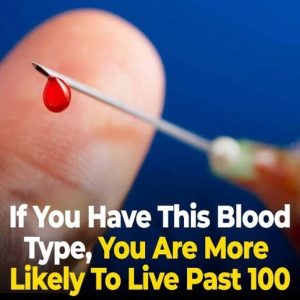Human papillomavirus (HPV) is one of the world’s most common STIs. “Nearly all sexually active individuals will contract HPV at some point,” says the CDC, though most cases resolve without treatment.
HPV spreads through skin-to-skin contact, including vaginal, anal, and oral sex. Many people never show symptoms, but some strains can cause serious issues.
**1. Genital Warts**
Soft, flesh-colored bumps may appear around the genitals, anus, or mouth. They’re non-cancerous and usually caused by HPV-6 or HPV-11.
**2. Cervical Cell Changes**
High-risk strains like HPV-16 and HPV-18 can cause cervical dysplasia—abnormal cell changes that may lead to cervical cancer. These are usually symptomless but detectable through Pap smears.
**3. Other Symptoms**
Irregular bleeding, pelvic pain, or pain during sex could signal HPV-related complications and should be checked by a doctor.
**4. Oral and Throat Issues**
HPV can infect the mouth or throat, possibly causing sore throat, hoarseness, or swallowing problems. Some strains are linked to oropharyngeal cancers.
**5. Prevention**
The HPV vaccine (e.g., Gardasil 9) protects against many high-risk strains. Safe sex practices and regular screenings are also vital.
Early detection and prevention can significantly reduce health risks.





